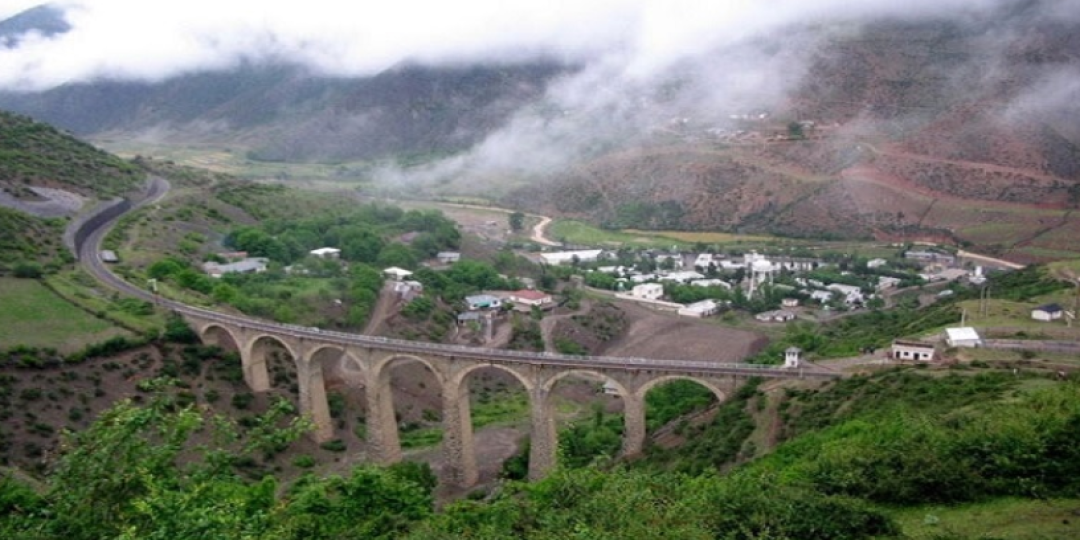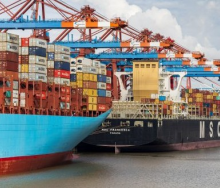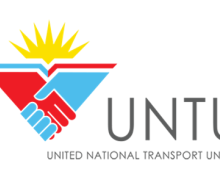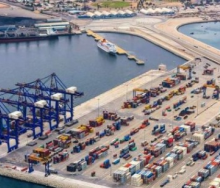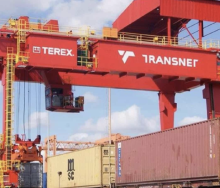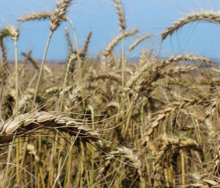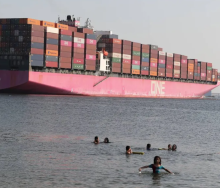Russia’s ambitions to thwart western isolationism through the revitalisation of a multi-modal trade route could be disrupted because of gender-political unrest in Iran, the main transit country of the once dormant International North South Transport Corridor (INSTC).
At face value, map orientation supports the notion of why the 7 200-kilometre corridor seems like a no-brainer for Russia.
This is especially true since the US, UK and EU started freezing out the government of Vladimir Putin for starting a war against Ukraine.
From Russia’s Caspian Sea port of Astrakhan, the corridor cuts a straight line south to Iran’s port of Anzali, from where a railway connection at Rasht veers south-south-east to the Port of Shahid Rajaee on the Strait of Hormuz.
Conceptualised around the turn of the century to benefit the corridor’s primary partners, India and Russia, the INSTC is said to significantly shorten trade time – and cost – between the two countries.
Without it, a shipment to Russia from the ports of Mundra and Nava Sheva at the corridor’s southern end has to cross the Arabian Sea, navigate through Suez and bypass Western Europe altogether until it reaches the Baltic Sea Port of St Petersburg.
But the INSTC ran into geopolitical issues from the start.
It’s only 70% complete, with major rail linkages in Iran lacking, and now there’s the not-so-little matter of civil unrest threatening the government Ebrahim Raisi.
The death in prison on September 16 of Mansa Amini, a 22-year-old Kurdish Iranian, who apparently wore her head scarf too loosely, prompting her arrest by morality police, has sparked violent unrest across the country.
Women – and men – are openly resisting the oppressive government in Tehran, ripping off and burning hijabs while some have taken to cutting their hair in public.
To date, fifty people have died because of Tehran’s attempts to brutally suppress protests, something it has done successfully in the past.
This time, though, the unrest has a fiercer face, especially in Iran’s Kurdish-dominated provinces to the country’s west.
From West Azerbaijan in the north-west, all the way south through Kurdistan, Kermanshah and Ilam, resistance against Raisi’s government grows stronger every day.
In the city of Oshnavieh in Amini’s home province of West Azerbaijan, Iran’s government is said to have lost complete control.
Closer to the capital itself, protests across Hamedan and Lorestan provinces are dangerously close to the INSTC’s Rasht-Astara railway line.
And although volumes on the corridor through Iran have recorded a significant uptick in throughput data despite the absence of crucial infrastructural linkages, the unrest in Iran is threatening to disrupt Russia’s drive to move more cargo on the INSTC.
Not to mention the problems it’s facing at home, with 200 000 people said to have fled its borders ever since Putin announced that reserve soldiers would be called up to the front in Ukraine.
